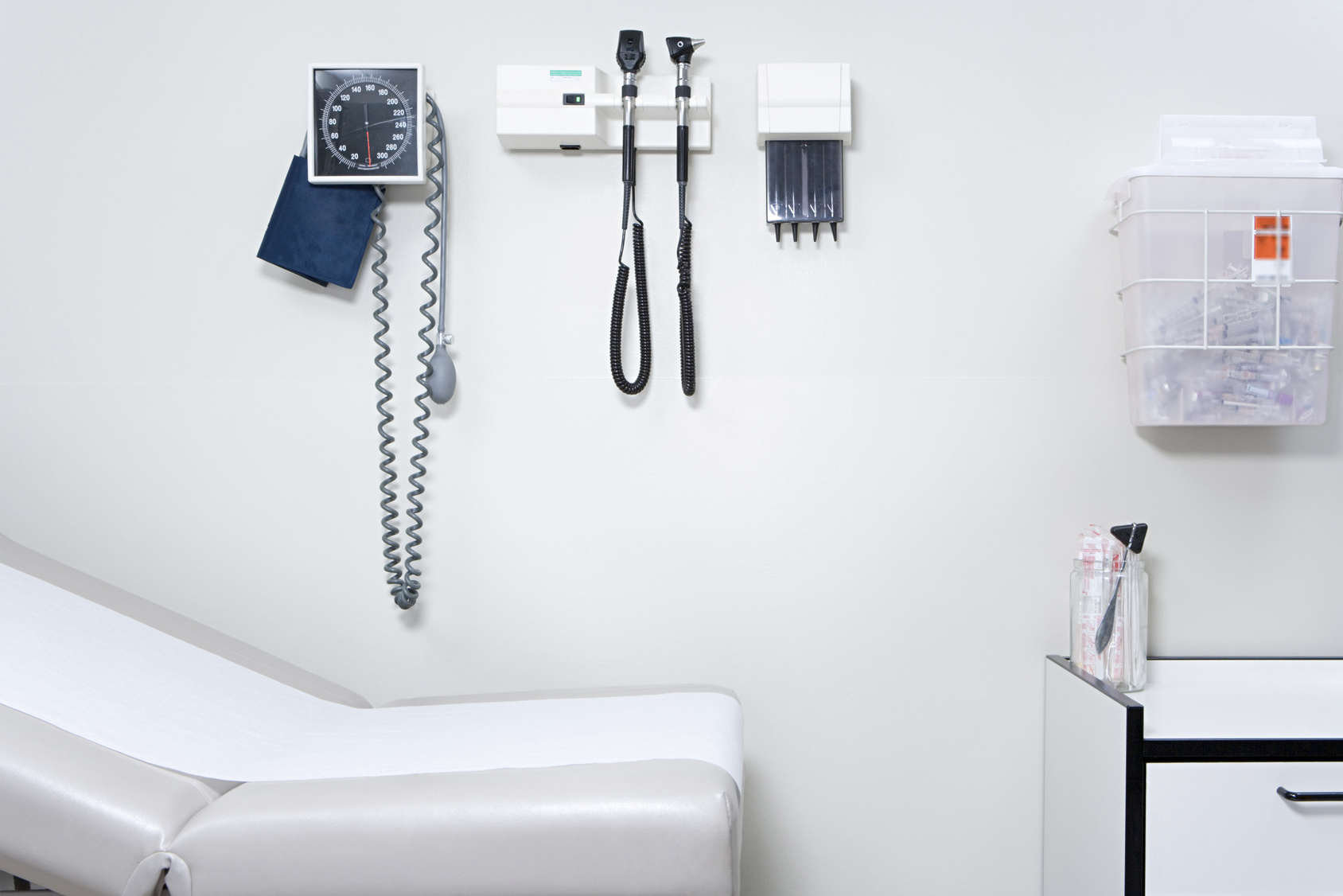By Victoria Knight
Despite hospital systems and health officials calling out the need for more primary care doctors, graduates of U.S. medical schools are becoming less likely to choose to specialize in one of those fields.
A record-high number of primary care positions was offered in the 2019 National Resident Matching Program — known to doctors as “the Match.” It determines where a medical student will study in their chosen specialty after graduation. But this year, the percentage of primary care positions filled by fourth-year medical students was the lowest on record.
“I think part of it has to do with income,” said Mona Signer, the CEO of the Match. “Primary care specialties are not the highest paying.” She suggested that where a student gets a degree also influences the choice. “Many medical schools are part of academic medical centers where research and specialization is a priority,” she said.
The three key primary care fields are internal medicine, family medicine and pediatrics. According to the 2019 Match report, 8,116 internal medicine positions were offered, the highest number on record and the most positions offered within any specialty, but only 41.5% were filled by seniors pursuing their M.D.s from U.S. medical schools. Similar trends were seen this year in family medicine and pediatrics.
In their final year of medical school, students apply and interview for residency programs in their chosen specialty. The Match, a nonprofit group, then assigns them a residency program based on how the applicant and the program ranked each other.
Since 2011, the percentage of U.S.-trained allopathic, or M.D., physicians who have matched into primary care positions has been on the decline, according to an analysis of historical Match data by Kaiser Health News.
But, over the same period, the percentage of U.S.-trained osteopathic and foreign-trained physicians matching into primary care roles has increased. 2019 marks the first year in which the percentage of osteopathic and foreign-trained doctors surpassed the percentage of U.S. trained medical doctors matching into primary care positions.
Medical colleges granting M.D. degrees graduate nearly three-quarters of U.S. students moving on to become doctors. The rest graduate from osteopathic schools, granting D.O. degrees. The five medical schools with the highest percentage of graduates who chose primary care are all osteopathic institutions, according to the latest U.S. News & World Report survey.
Beyond the standard medical curriculum, osteopathic students receive training in manipulative medicine, a hands-on technique focused on muscles and joints that can be used to diagnose and treat conditions. They are licensed by states and work side by side with M.D.s in physician practices and health systems.
Although the osteopathic graduates have been able to join the main residency match or go through a separate osteopathic match through this year, in 2020 the two matches will be combined.
Physicians who are trained at foreign medical schools, including both U.S. and non-U.S. citizens, also take unfilled primary care residency positions. In the 2019 match, 68.9% of foreign-trained physicians went into internal medicine, family medicine and pediatrics.
But, despite osteopathic graduates and foreign-trained medical doctors taking up these primary care spots, a looming primary care physician shortage is still expected.
The Association of American Medical Colleges predicts a shortage of between 21,100 and 55,200 primary care physicians by 2032. More doctors will be needed in the coming years to care for aging baby boomers, many of whom have multiple chronic conditions. The obesity rate is also increasing, which portends more people with chronic health problems.
Studies have shown that states with a higher ratio of primary care physicians have better health and lower rates of mortality. Patients who regularly see a primary care physician also have lower health costs than those without one.
But choosing a specialty other than primary care often means a higher paycheck.
According to a recently published survey of physicians conducted by Medscape, internal medicine doctors’ salaries average $243,000 annually. That’s a little over half of what the highest earners, orthopedic physicians, make with an average annual salary of $482,000. Family medicine and pediatrics earn even less than internal medicine, at $231,000 and $225,000 per year, respectively.
Dr. Eric Hsieh, the internal medicine residency program director at the University of Southern California’s Keck School of Medicine, said another deterrent is the amount of time primary care doctors spend filling out patients’ electronic medical records.
“I don’t think people realize how involved electronic medical records are,” said Hsieh. “You have to synthesize everything and coordinate all of the care. And something that I see with the residents in our program is that the time spent on electronic medical records rather than caring for patients frustrates them.”
The Medscape survey confirms this. Internists appear to be more burdened with paperwork than other specialties, and 80% of internists report spending 10 or more hours a week on administrative tasks.
The result: Only 62% of internal medicine doctors said they would choose to go into their specialty again — the lowest percentage on record for all physician specialties surveyed.
Elsa Pearson, a health policy analyst at Boston University, said one way to keep and attract primary care doctors might be to shift some tasks to health care providers who aren’t doctors, such as nurse practitioners or physician assistants.
“The primary care that they provide compared to a physician is just as effective,” said Pearson. They wouldn’t replace physicians but could help lift the burden and free up doctors for more complicated care issues.
Pearson said more medical scribes, individuals who take notes for doctors while they are seeing patients, could also help to ease the doctors’ burden of electronic health record documentation.
Another solution is spreading the word about the loan forgiveness programs available to those who choose to pursue primary care, usually in an underserved area of the country, said Dr. Tyree Winters, the associate director of the pediatric residency program at Goryeb Children’s Hospital in New Jersey.
“The trend has been more so thinking about the amount of debt that a student has, compared to potential income in primary care,” said Winters. “But that’s not considering things like medical debt forgiveness through state or federal programs, which really can help individuals who want to choose primary care.”
KHN data correspondent Sydney Lupkin contributed to this report.
Disclaimer: The viewpoint expressed in this article is the opinion of the author and is not necessarily the viewpoint of the owners or employees at Healthcare Staffing Innovations, LLC.



